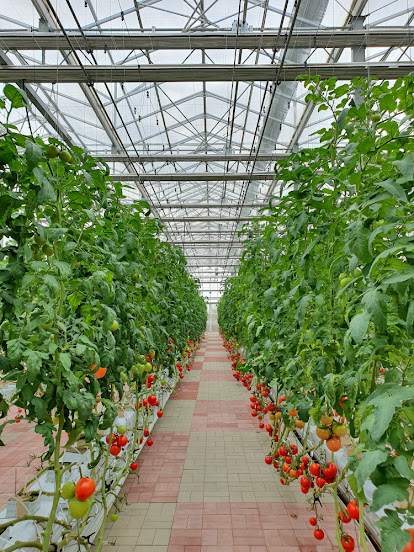LED Grow Lights for Rare and Endangered Plants: Conservation through Cultivation
Rare and endangered plant species play a crucial role in maintaining biodiversity. Unfortunately, many of these plants face threats in their natural habitats. Cultivating these plants indoors using LED grow lights can contribute to their conservation efforts. In this blog post, we will explore how LED grow lights enable the successful cultivation of rare and endangered plants, allowing us to protect and preserve these valuable species.
The Importance of Rare and Endangered Plants
Rare and endangered plants are vital parts of ecosystems that support ecological balance and offer a variety of advantages. However, their survival is seriously threatened by elements including habitat loss, climate change, and unlawful hunting. By producing controlled settings that resemble their native habitats, indoor cultivation of these plants using LED grow lights provides a solution and enables their protection and development.
Controlled Environment Cultivation
The precise light spectrum and intensity required for the growth and development of rare and endangered plants are provided by LED grow lights. These lights give growers the ability to duplicate ideal circumstances, such as temperature, humidity, and photoperiod, by mimicking natural sunshine. These plants may be grown all year round in this controlled environment, which lowers the hazards brought on by erratic weather patterns and other environmental factors that endanger these plants in their natural environments.
Conservation Benefits
Using LED grow lights to cultivate rare and endangered plants has various advantages for conservation. First off, it lessens the demand for plants that are harvested from wild populations, preventing further population decline. Second, it makes it possible for these plants to be multiplied, increasing their population and genetic variety. Additionally, cultivated specimens can be used for restoration, instruction, and research. We can aid in the preservation of these plant species and their ecosystems by using LED grow lights into conservation initiatives.
Overcoming Challenges


Comments
Post a Comment